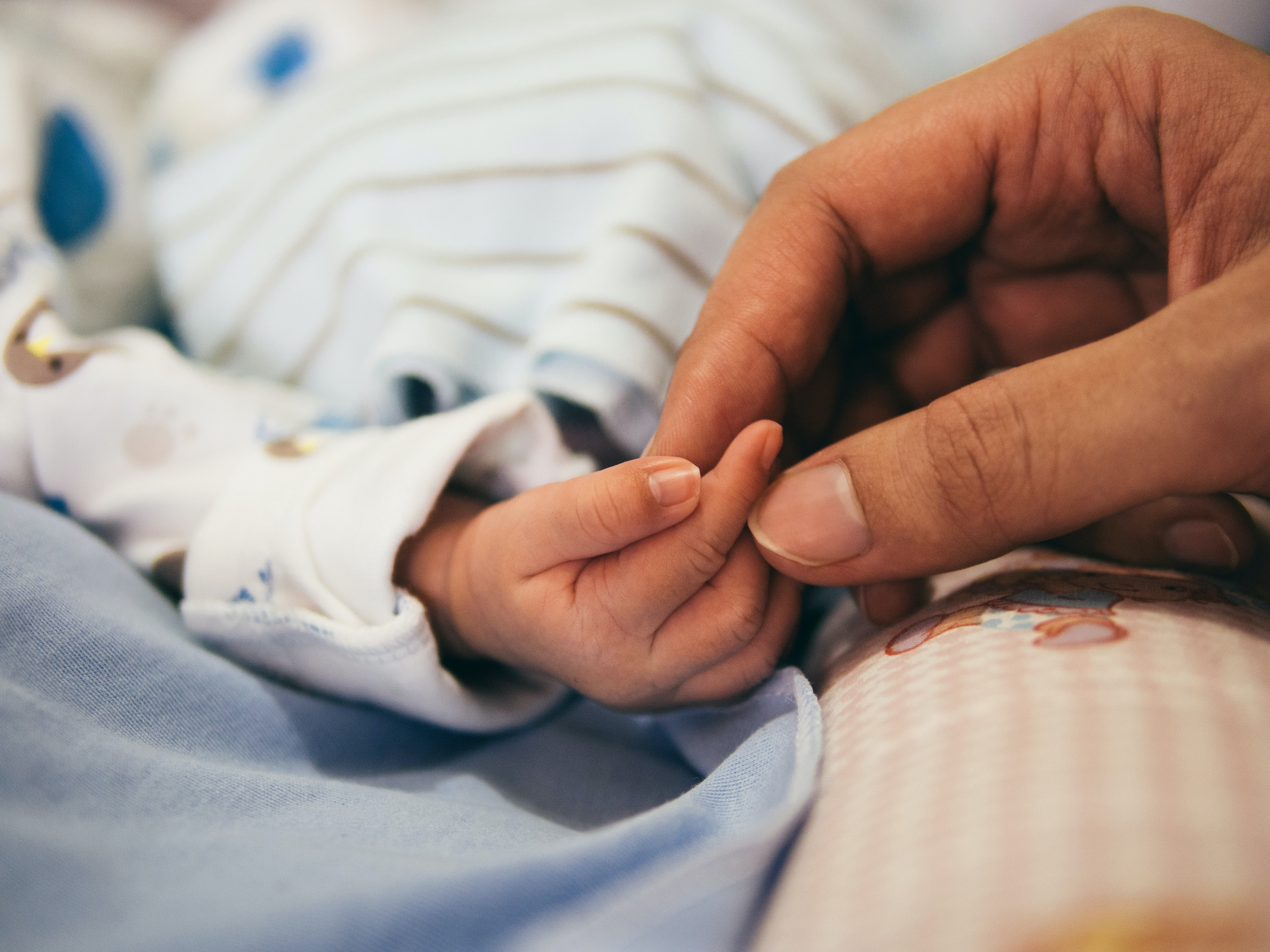Adoption Assistance
Adoption assistance is a monthly stipend paid to adoptive parents to help offset the costs of some of the things your child will need.
While you may think that you do not need the financial assistance, it is in your best interest to sign an adoption assistance agreement. It can be very difficult to get assistance in place once an adoption has been finalized.
Generally, adoption assistance is paid based on the amount the foster family was being paid at the time of placement into your home. The amount is open to negotiation.
In most cases, the adoption assistance ends when the child turns 18. There are a few exceptions where the adoption assistance can continue until the child is 21.
There are things you can do to help get the maximum assistance for your child.
- Journaling. Keep a daily record of your child’s behaviors. What caused them; how were they handled; was any assistance needed; and what effect, if any, did it have on other people in the house, especially other children in the home. This will also help you determine other patterns in your child’s behavior. Some children have difficulty with anniversaries, birthdays, or holidays. Note any patterns you find.
- Videotape and audiotape. Tape your child in both “normal” settings and during any times when behavior modification is involved. If your child rages, damages property, or uses foul language, try to capture as much on tape as possible. Some children will immediately stop the behavior when they see the recorder, which is a side benefit, so you may have to do this surreptitiously.
- Reports from school. If your child is having behavioral issues in school, or will require special services, make sure to get it in writing from the school.
- Reports from therapists. Whether this is from a behavior therapist, or for specialized services like physical therapy, occupational therapy, speech therapy, auditory processing, or whatever other services your child will need. Document the amount of hours spent on the therapy as well as any time you missed from work to get your child to these appointments.
- Mileage. How many miles do you drive each month to get services for your child? Document any time you drive to and from pharmacies, doctor’s appointments, therapy appointments, school meetings, and any visits with biological family members.
- Respite. If you have been utilizing respite care, keep track of all costs involved for the respite care fees, as well as time and mileage involved.
- Any special foods or diets. Does your child have food allergies, or require special foods? Keep track of the costs involved for any special diets.
Do not sign paperwork for adoption assistance until you feel confident in the amount you will be receiving. It is possible to get assistance revised once an adoption has been finalized, but it is difficult. It is far easier to make revisions or increases prior to finalization.
There are some instances where a subsidy will be terminated prior to the date set in your agreement. This termination will be triggered by what is considered a “major change.” Major changes include:
- The adopted child is no longer living in the adoptive home.
- The adoptive parent(s) are no longer supporting the adopted child.
- The adoptive parent(s) are no longer legally responsible to support the adopted child.
- The adopted child runs away from home.
- The adopted child passes away.
- The adopted child graduates from high school.
- The adopted child gets married.
- The adopted child enters military service.
- There is a change in the adopted child’s legal guardian.
- Your parental rights are terminated.
If you adopt a child through a private adoption, you are not eligible for adoption assistance, even if the child has previously been in foster care, or has been previously listed as special needs.







